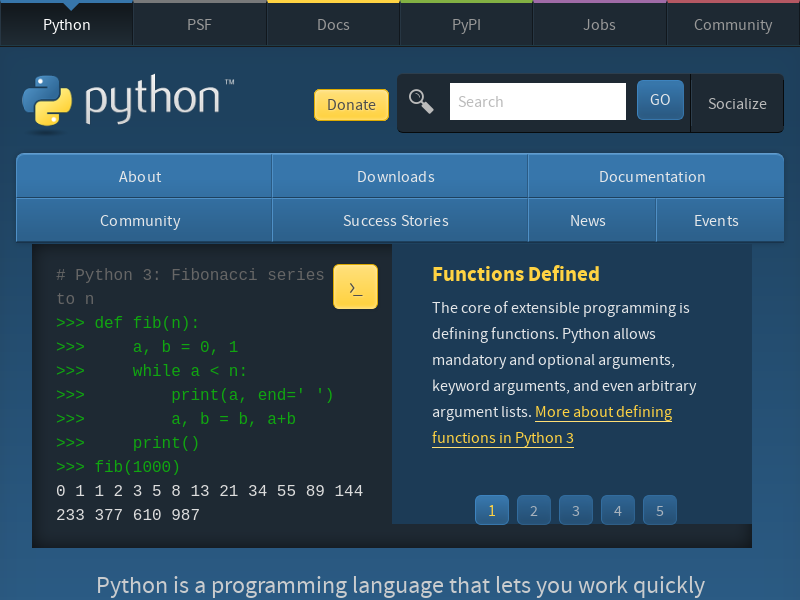Python Puppeteer
Python Puppeteer
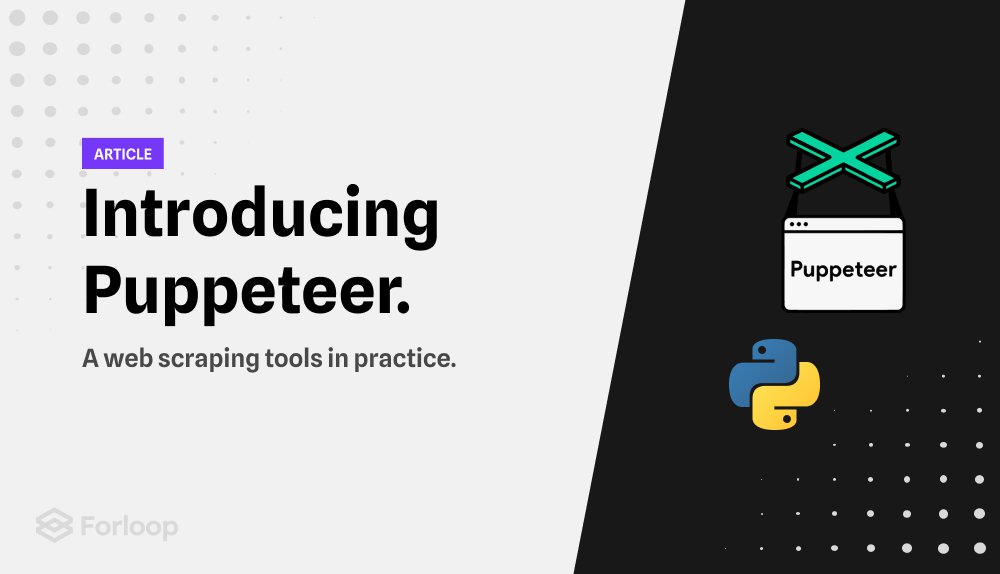
Here's an overview of using the python-puppeteer package to control a headless Chrome browser with Python.
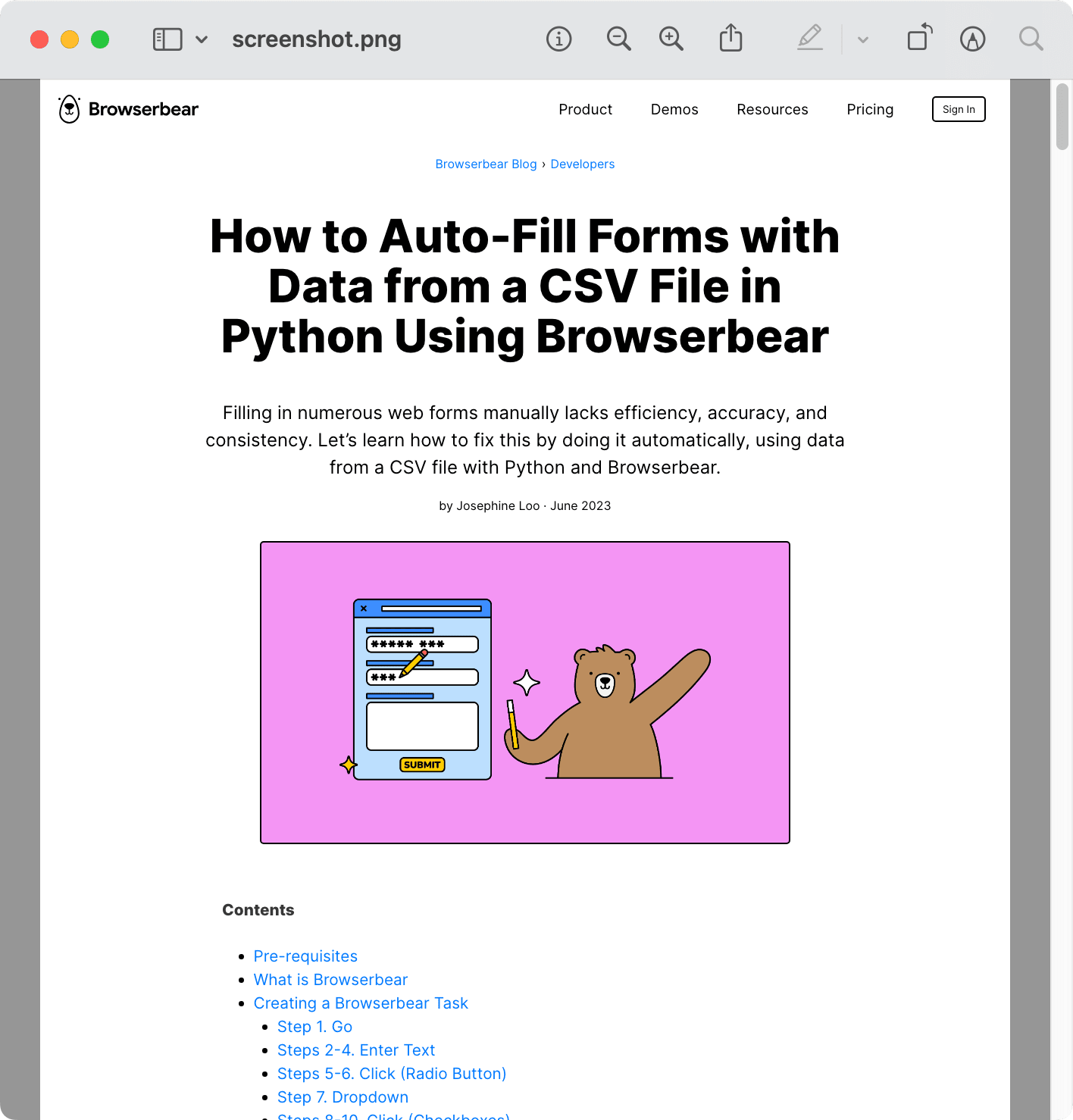
What is python-puppeteer?
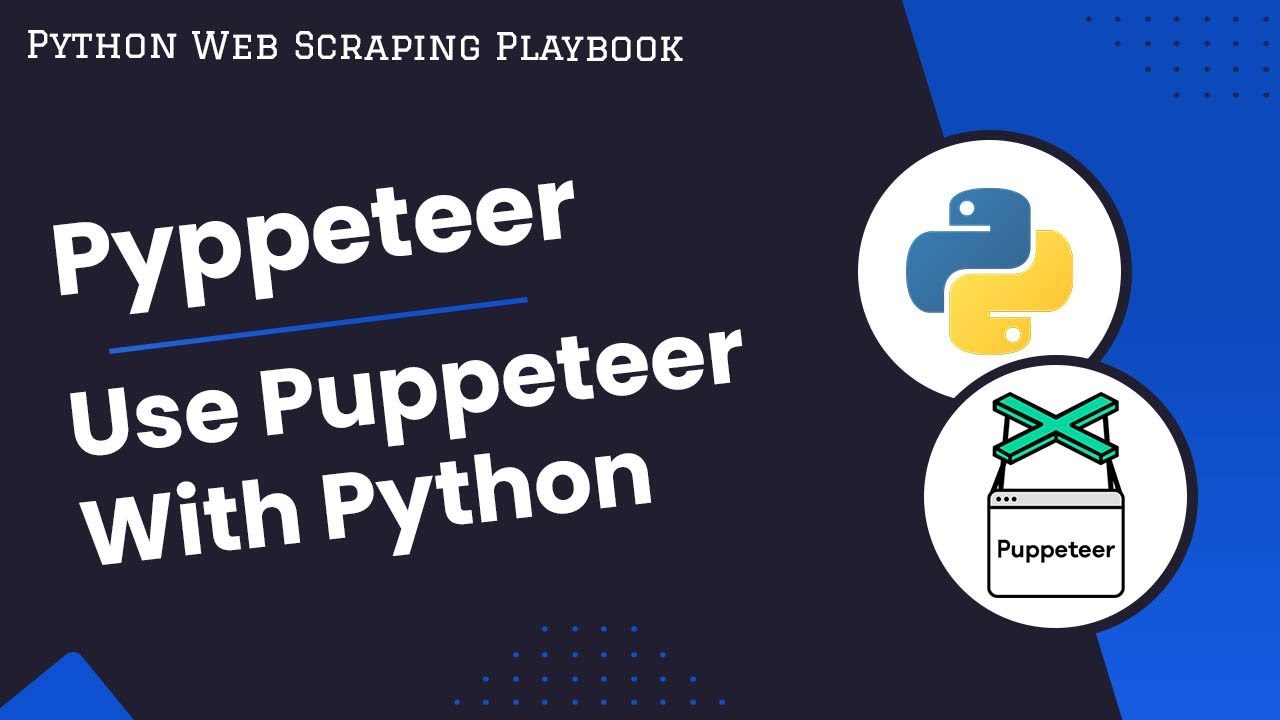
python-puppeteer is a Python wrapper around the popular Web automation library Puppeteer. It allows you to easily launch and automate Chromium-based browsers, such as Google Chrome. With python-puppeteer, you can perform various actions like navigating pages, clicking buttons, filling out forms, and more.
Getting Started with python-puppeteer
To get started with python-puppeteer, first install it using pip:
pip install python-puppeteer
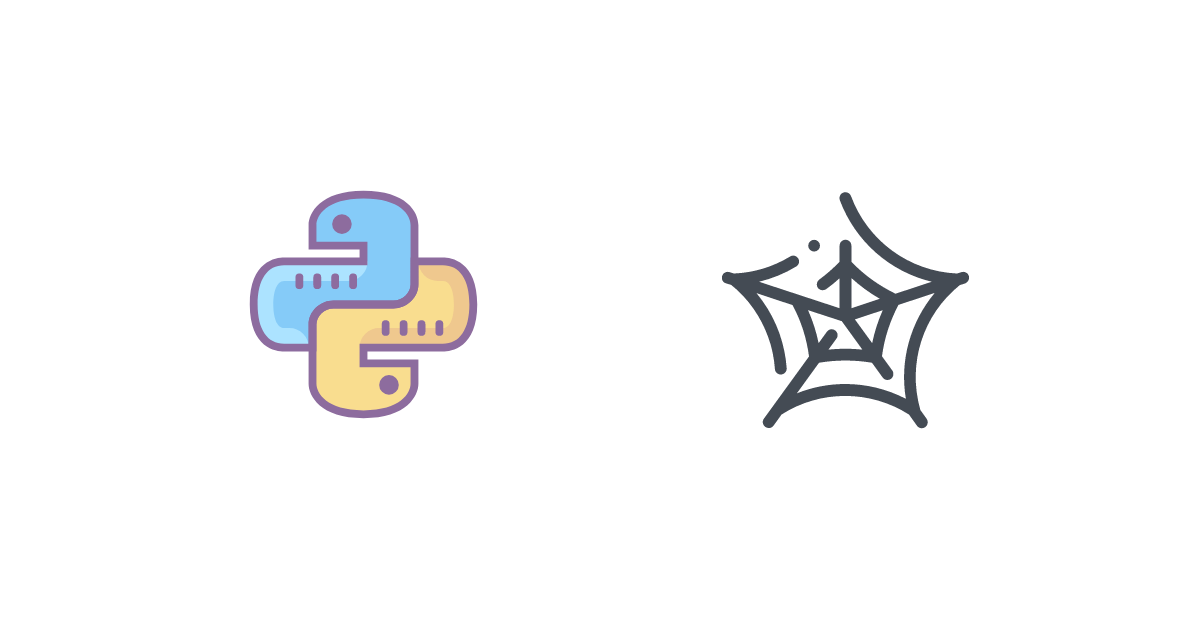
Next, launch a headless Chrome browser instance using the following code:
from pyppeteer import launch
async def main():
browser = await launch(headless=True)
context = await browser.newContext()
page = await context.newPage()
Perform some action here...await browser.close()
main()
Common python-puppeteer Methods
Here are a few common methods you can use with python-puppeteer:
Here's an example that demonstrates these methods:
from pyppeteer import launchasync def main():
browser = await launch(headless=True)
context = await browser.newContext()
page = await context.newPage()
Navigate to a websiteawait page.goto('https://example.com')
Fill out the username and password form fieldsawait page.fill('input[name="username"]', 'test')
await page.fill('input[type="password"]', 'securePassword')
Click on the submit buttonawait page.click('button[type="submit"]')
Wait for the navigation to completeawait page.waitForNavigation()
Take a screenshotawait page.screenshot('screenshot.png')
await browser.close()
main()
Limitations and Considerations
Keep in mind that python-puppeteer is not without limitations:
python-puppeteer runs the browser headless, meaning you won't be able to see the browser GUI or interact with it visually. Scripting vs. Interacting: Unlike traditional automation tools that allow users to script complex scenarios step-by-step, python-puppeteer is geared more toward automating specific tasks within a web application rather than scripting an entire user session. Page Navigation Limitations: Due to the headless nature of python-puppeteer, it doesn't support all page navigation methods (e.g., JavaScript-based scrolling, mouse movements).
Conclusion
python-puppeteer is a powerful tool for automating web applications in Python. Its ability to interact with elements, navigate pages, and handle user interactions makes it suitable for various automation tasks. With this library, you can automate repetitive tasks, scrape data from websites, or even build simple web browsers.
However, due to its limitations, python-puppeteer may not be the best fit for complex scenarios that require extensive interaction with the browser GUI or navigating pages using JavaScript-based methods.
What is a Puppet in Python?
I'd be happy to explain what a "Puppet" is in Python.
A puppet is a configuration management tool that automates the setup and deployment of software configurations across multiple systems, including servers, applications, and more. In the context of Python, Puppet is a Ruby-based framework that uses the ERB template language to define how to configure and manage complex systems. Yes, you read that correctly - it's written in Ruby, but has Python support!
Puppet was originally developed by Luke Kanies in 2003 as an open-source project and has since gained popularity among system administrators and DevOps engineers. The core idea is to create a declarative configuration language that describes how systems should be configured, rather than the actual steps needed to achieve those configurations.
Here's what makes Puppet so powerful:
Declarative Configuration: Puppet allows you to define the desired state of your infrastructure using a simple, easy-to-read syntax. This means you can describe what you want your system to look like, without worrying about how to get there. Agent-Based Architecture: Puppet uses an agent-based architecture, where each node (e.g., server) runs a local puppet agent that reports its status back to the central Puppet master. This enables real-time configuration management and monitoring. Modules and Templates: Puppet has a vast library of pre-built modules and templates for common tasks, such as managing users, installing software packages, or configuring network settings. You can easily customize these templates or create your own to suit specific needs. Orchestration and Automation: With Puppet, you can automate the deployment of complex configurations across multiple systems by creating a workflow that orchestrates the actions required to achieve the desired state.To get started with Puppet in Python, you'll need to:
Install thepuppet package using pip: pip install puppet Set up your Puppet environment by configuring a local master and agents on each node Write Puppet code (in Ruby) or use existing modules and templates to define your configuration
As a Python developer, you might be interested in the fact that Puppet has native support for Python modules, allowing you to leverage Python's power within the Puppet framework. This enables seamless integration with other Python-based tools and systems.
In summary, Puppet is a powerful tool for automating configuration management across multiple systems, with strong ties to both Ruby and Python ecosystems. Its declarative syntax, agent-based architecture, and extensive library of modules make it an excellent choice for complex infrastructure management and orchestration tasks.
What's your next step? Will you start exploring the world of Puppet configurations or dive deeper into integrating it with your existing Python workflows?
